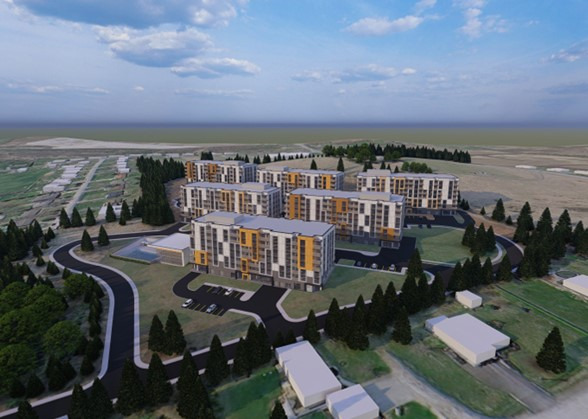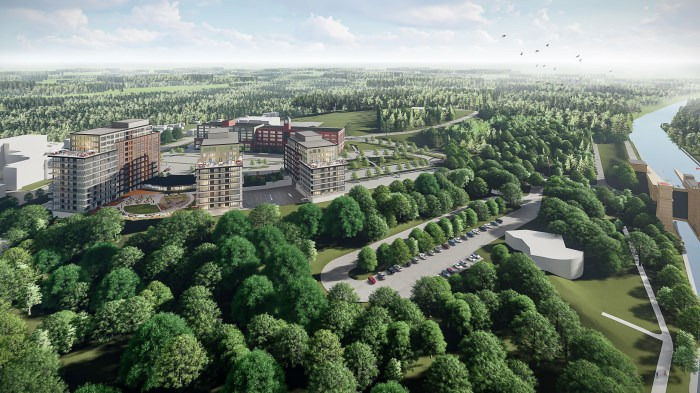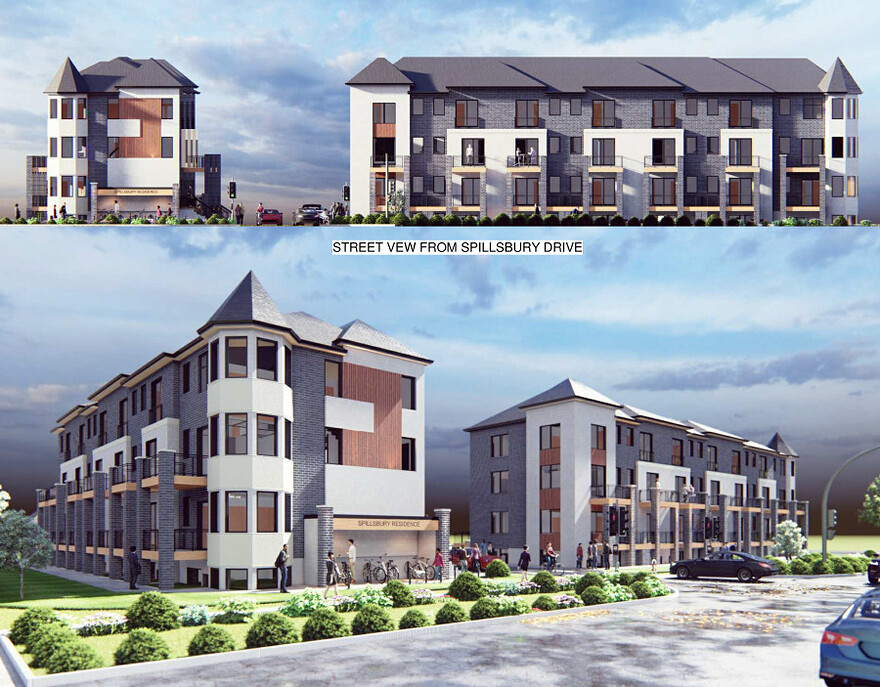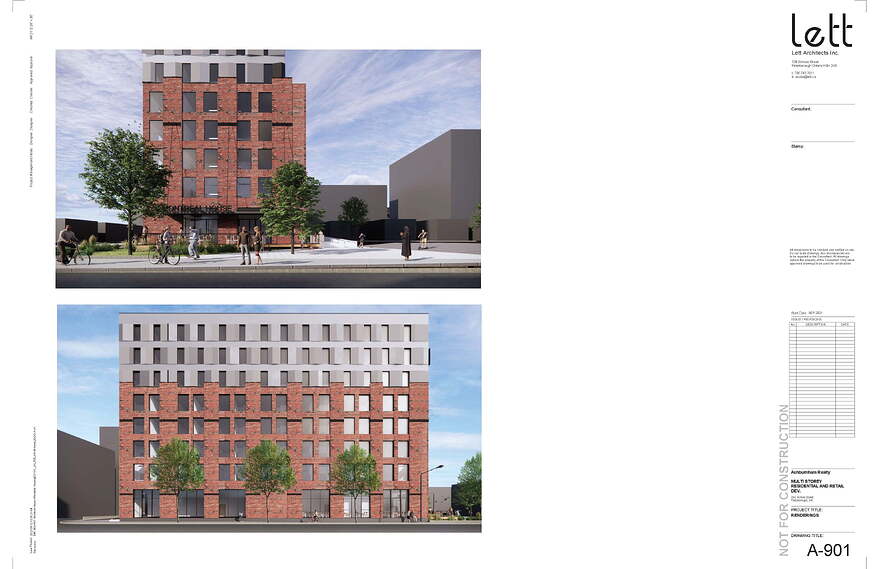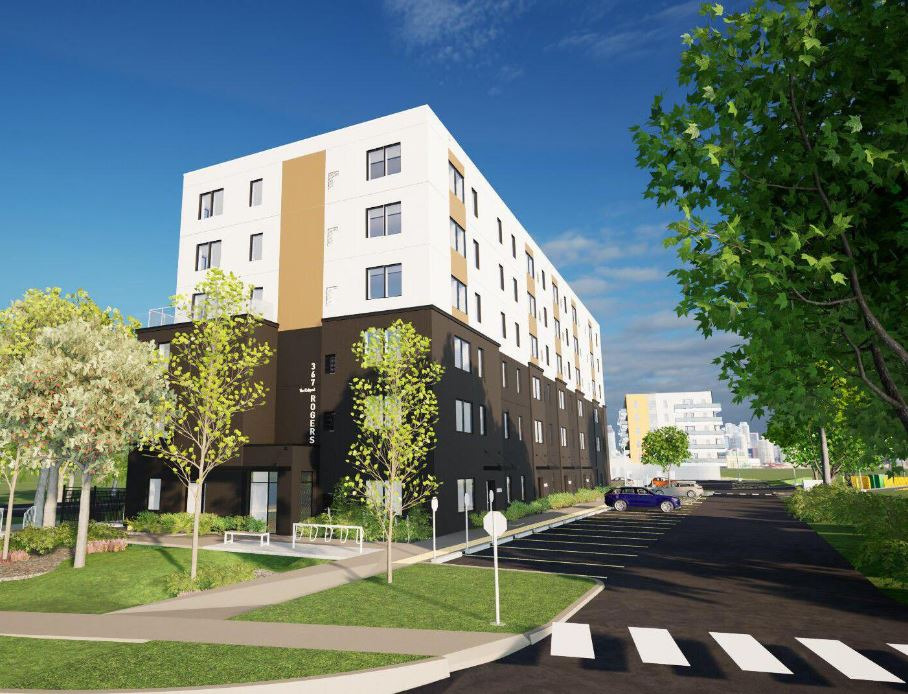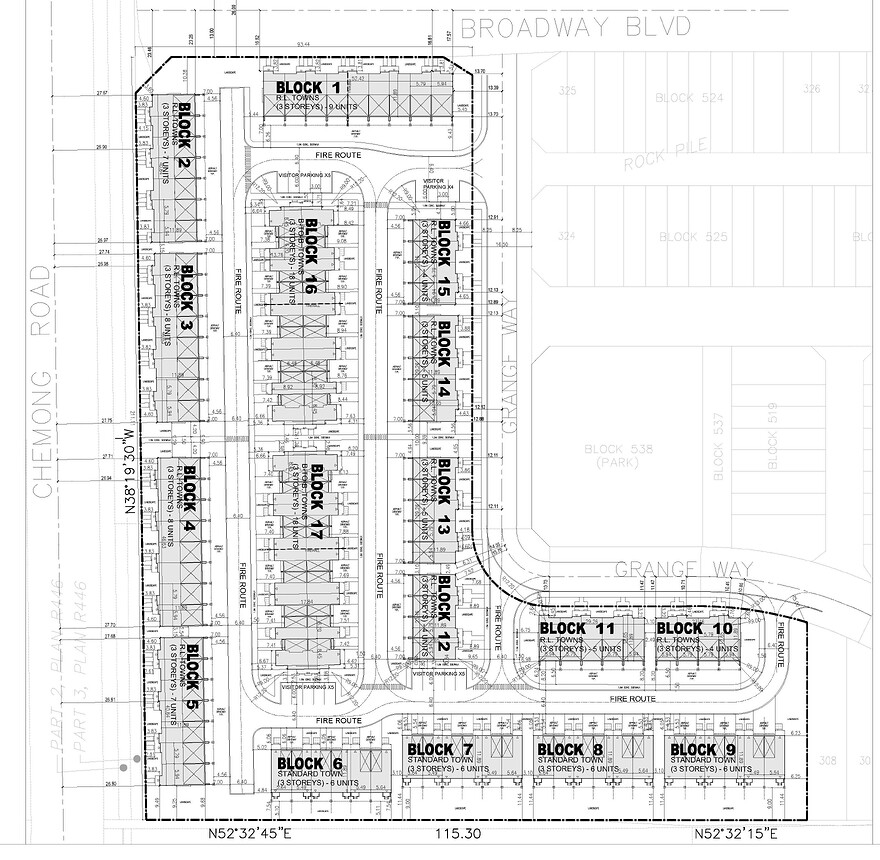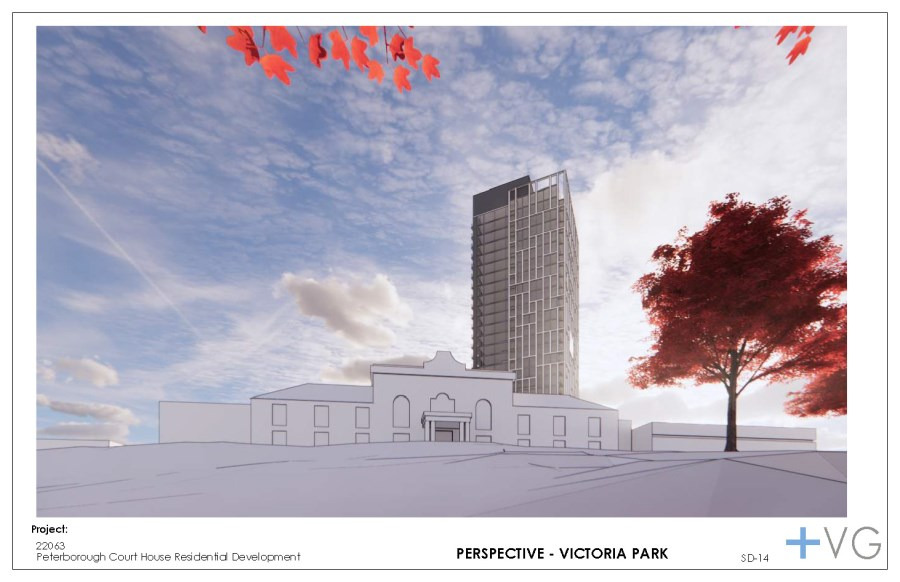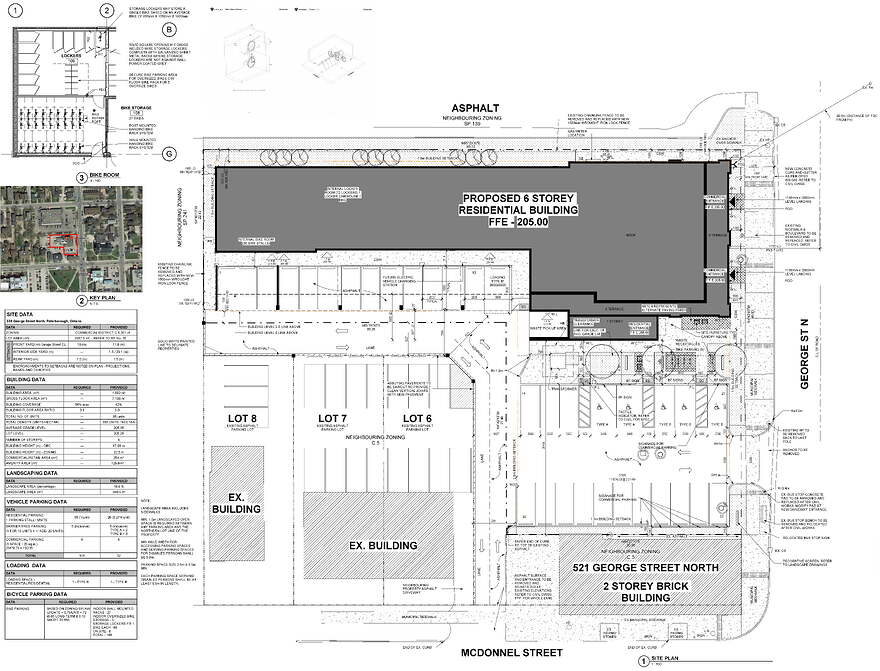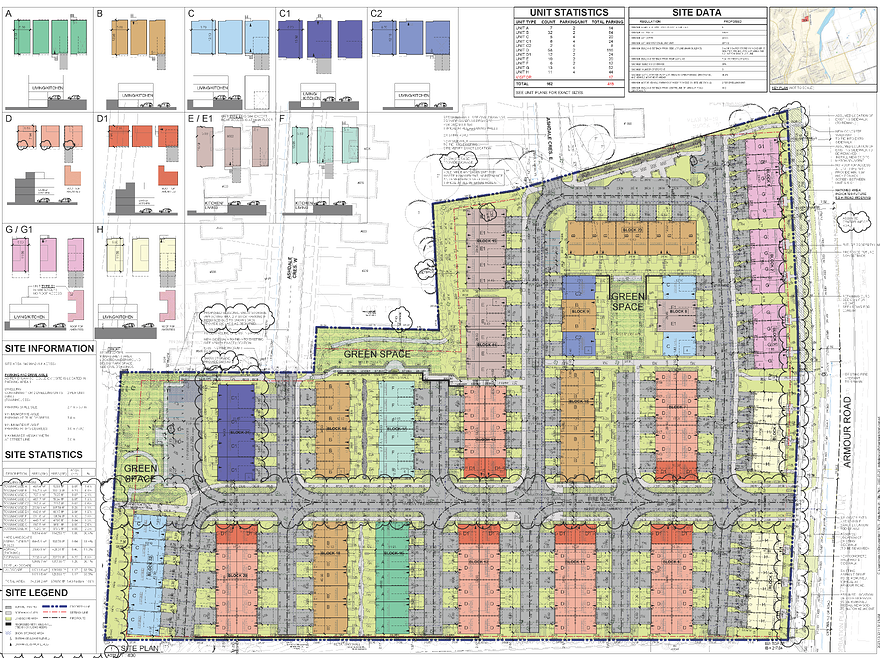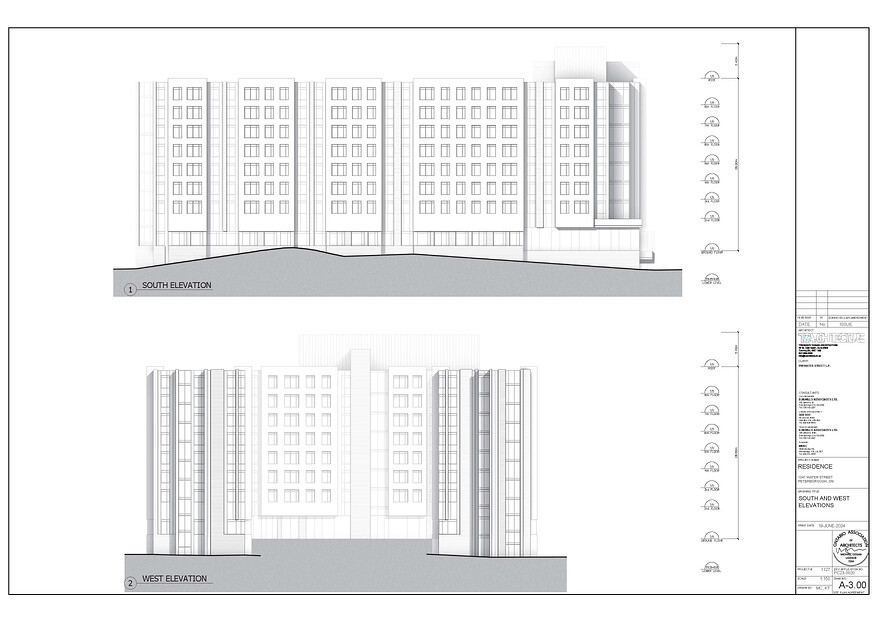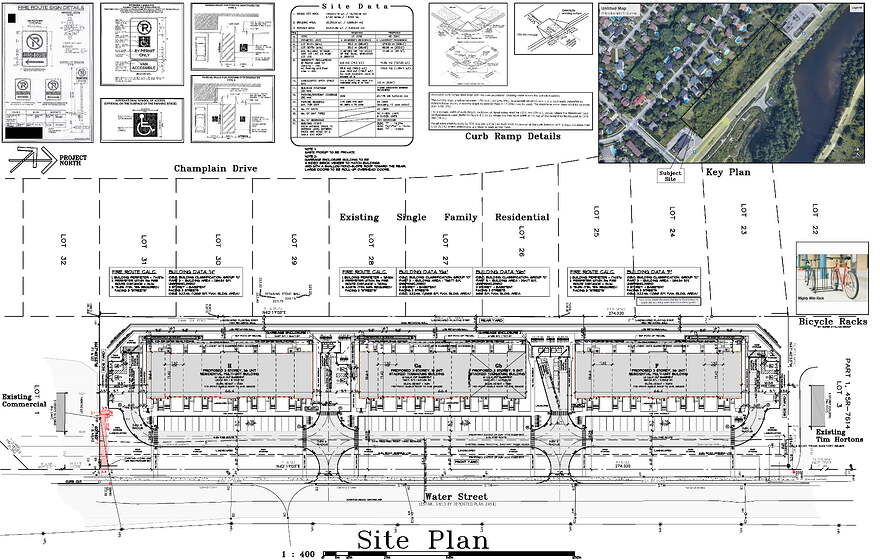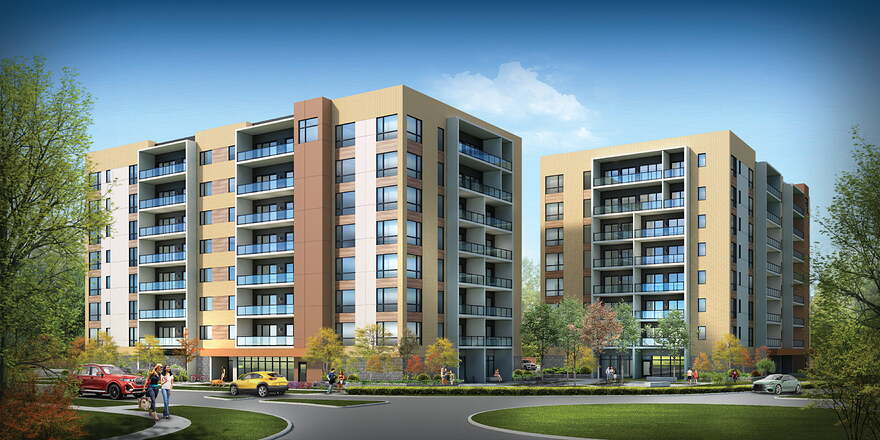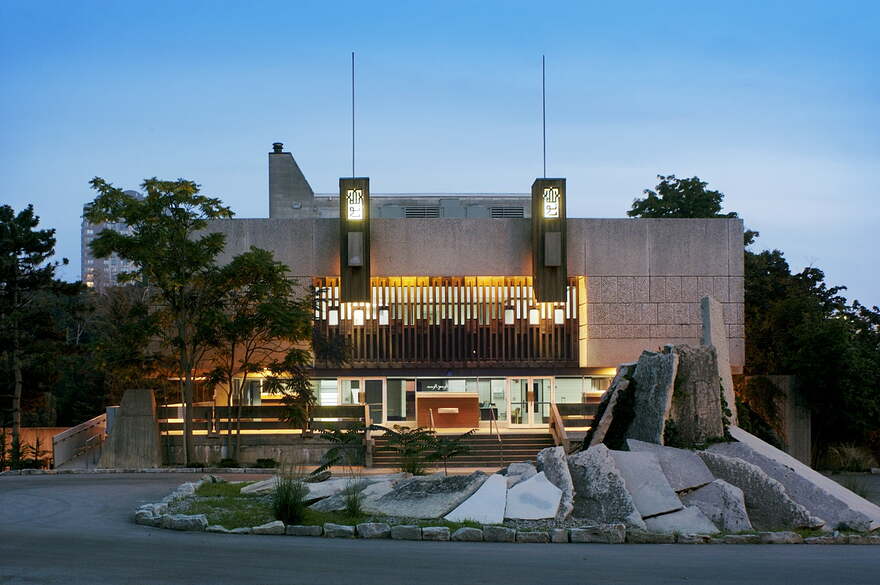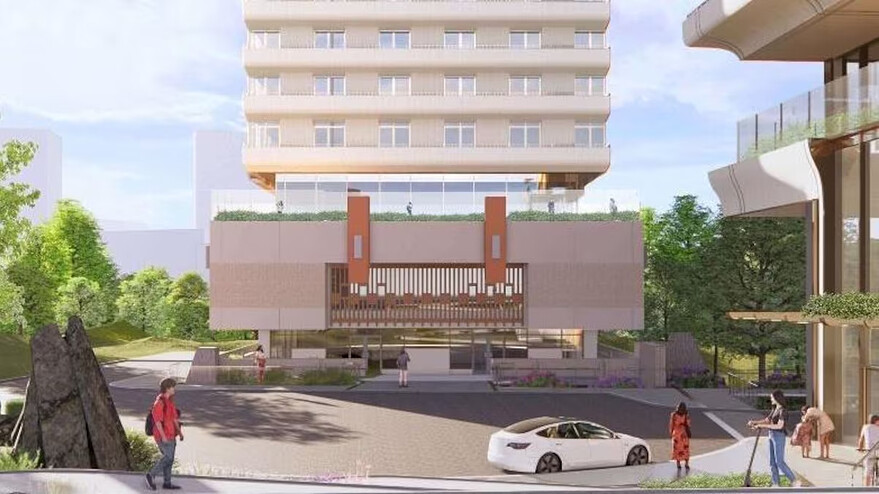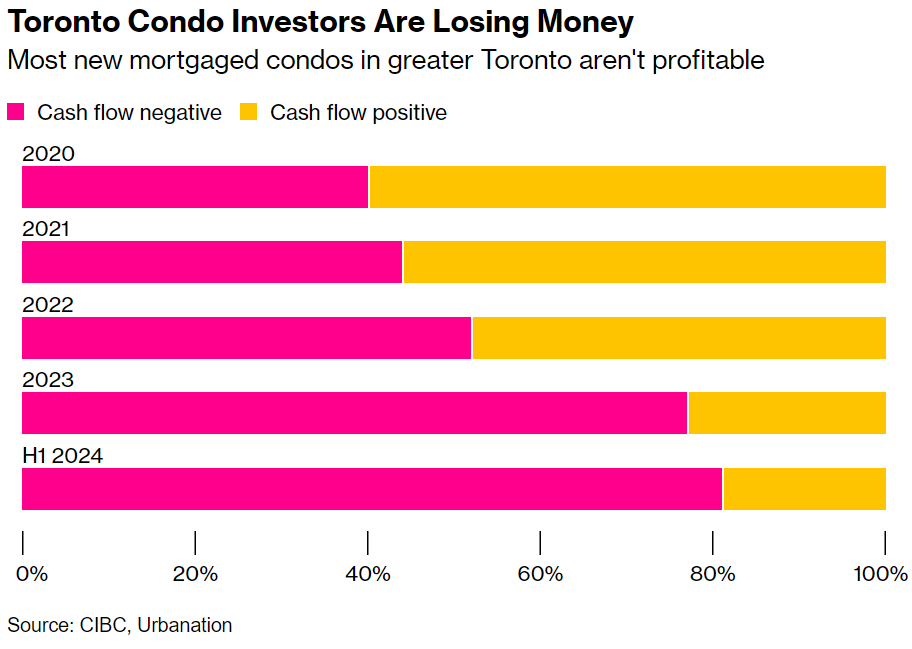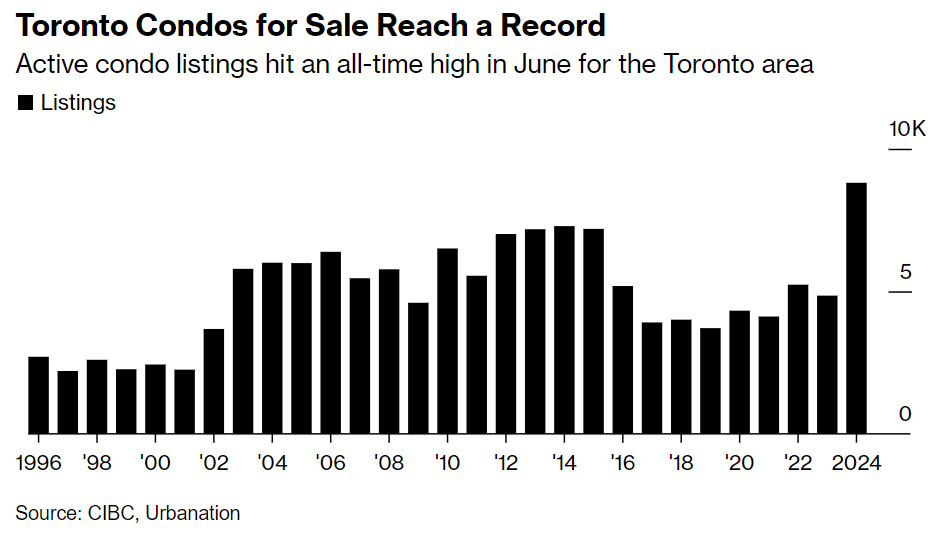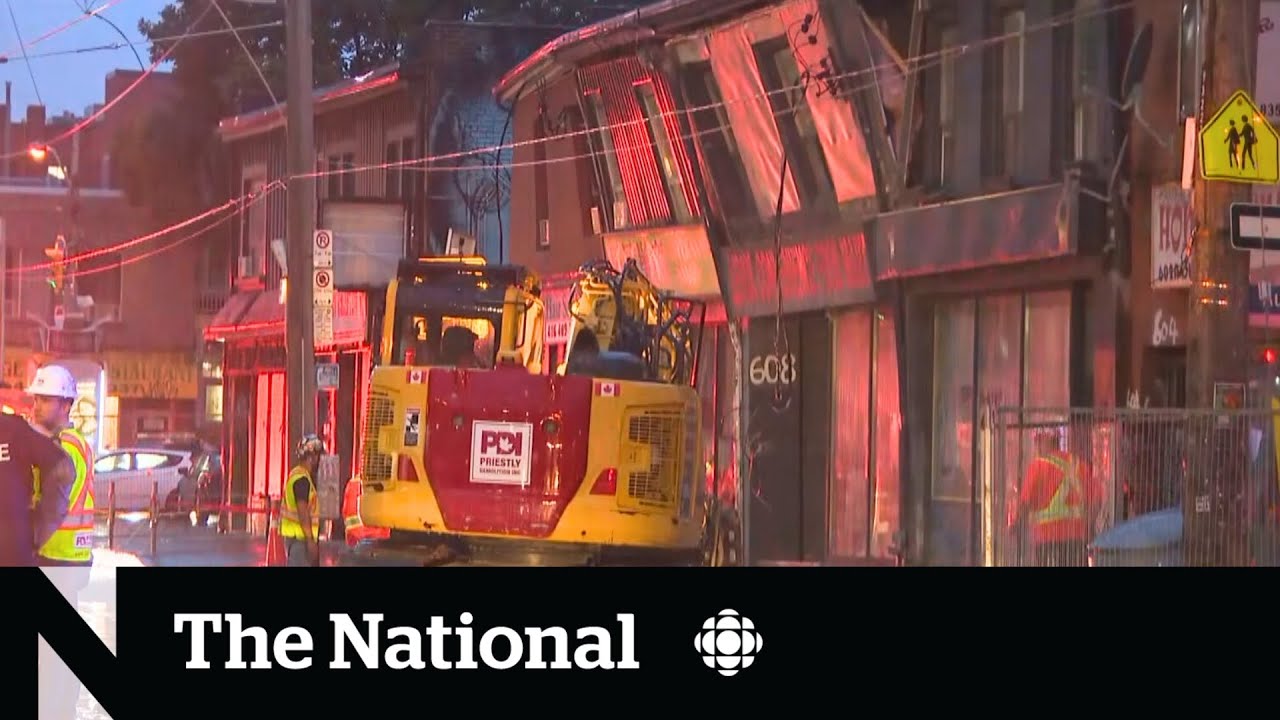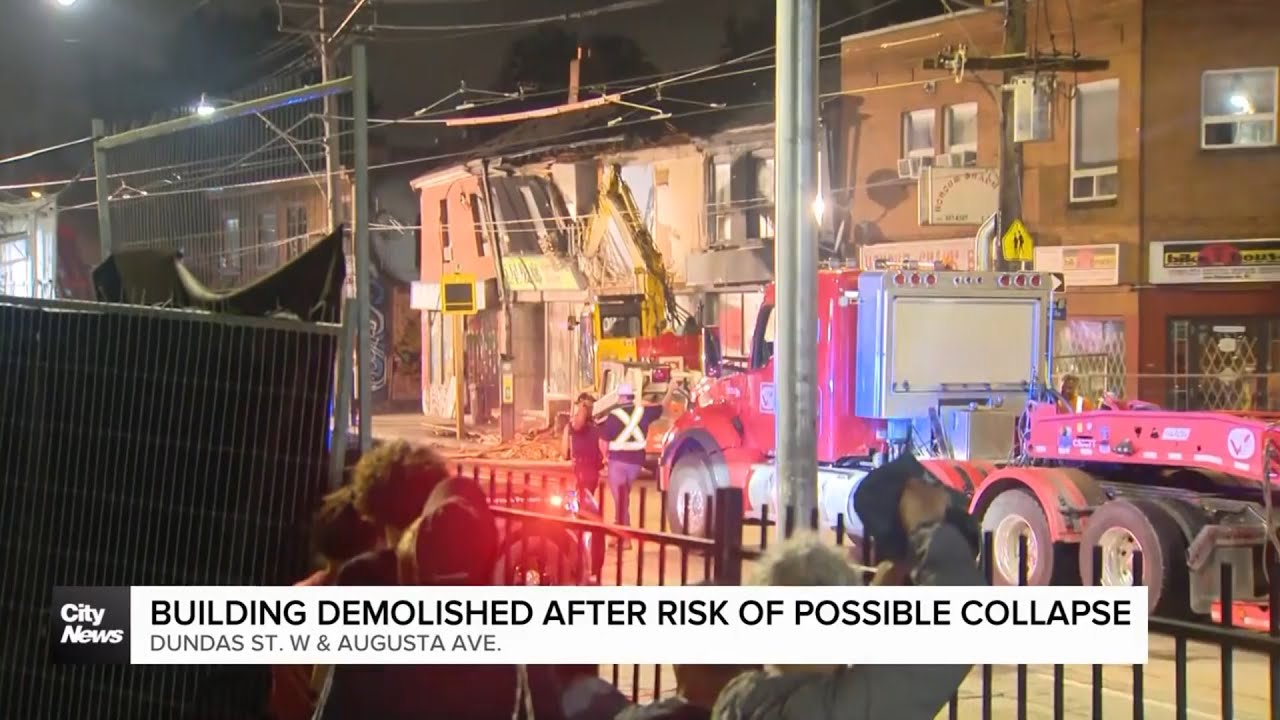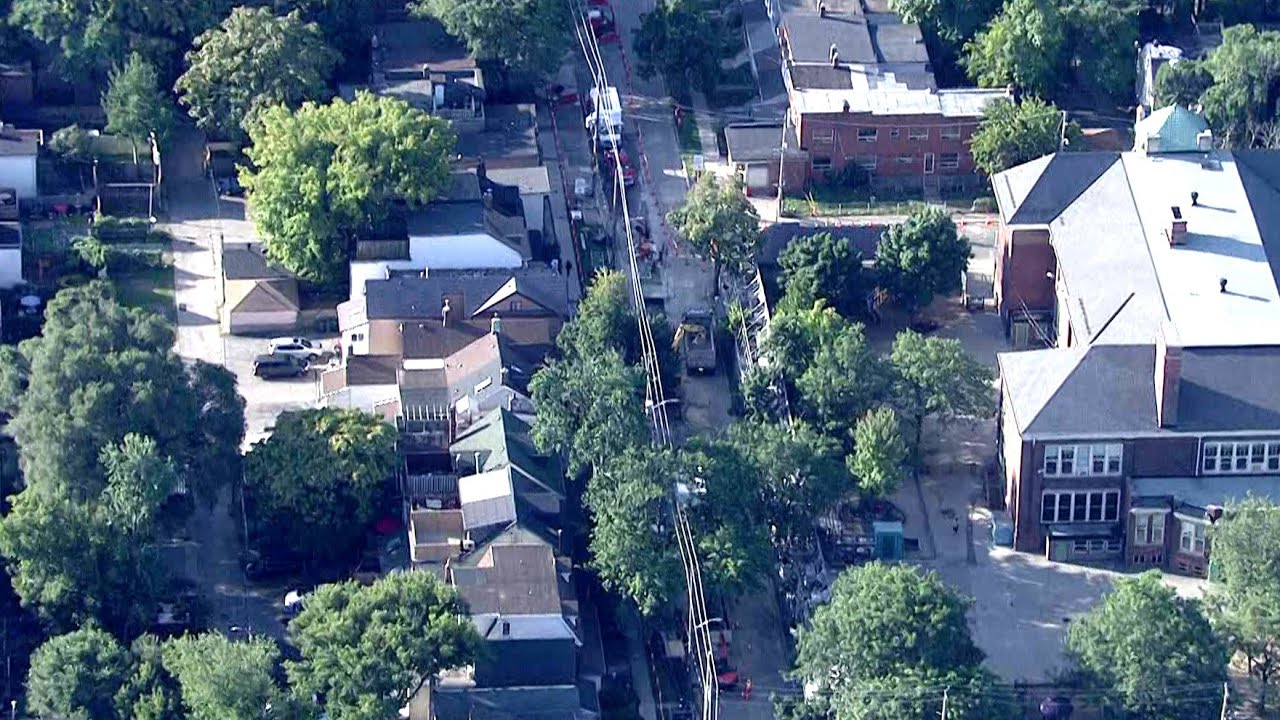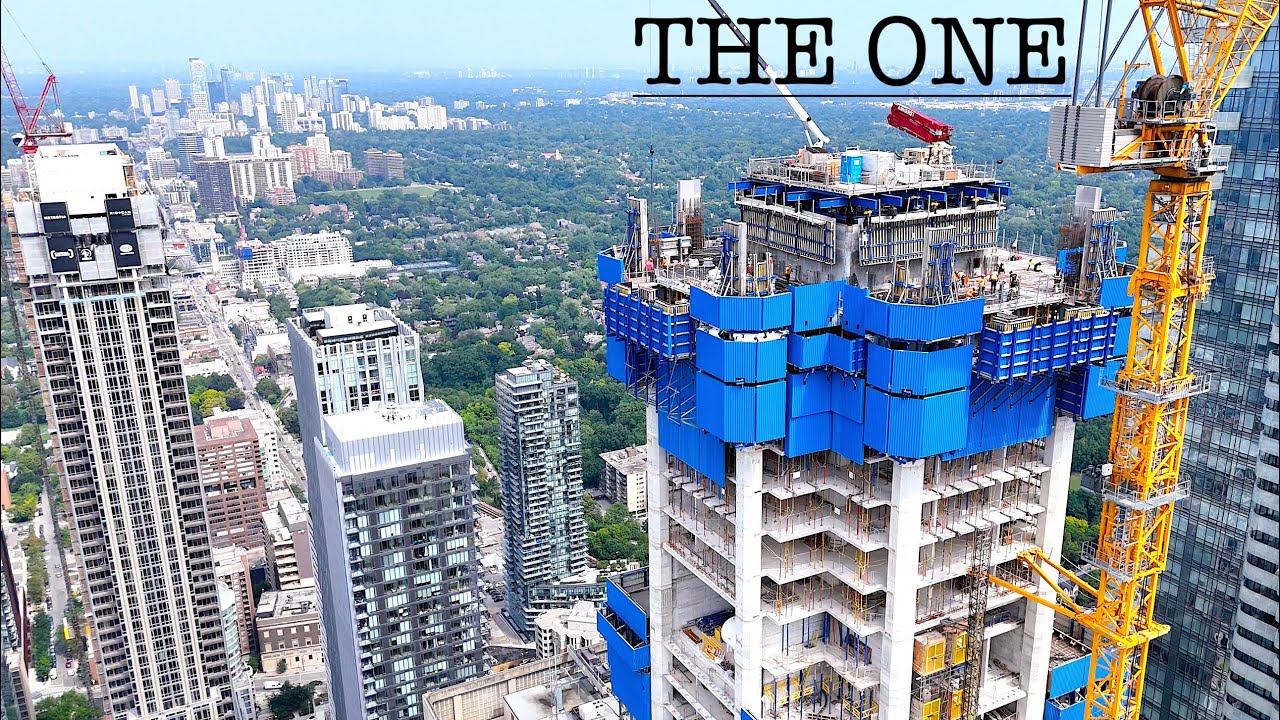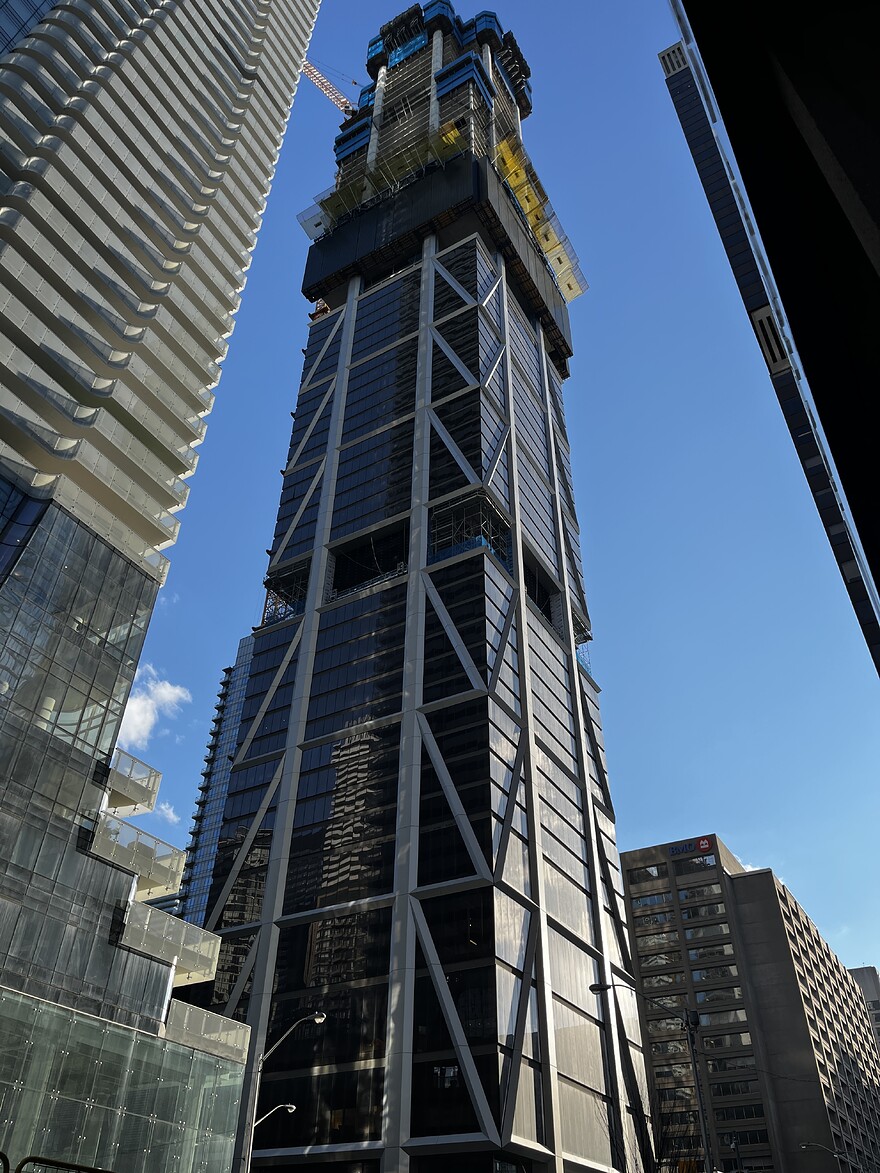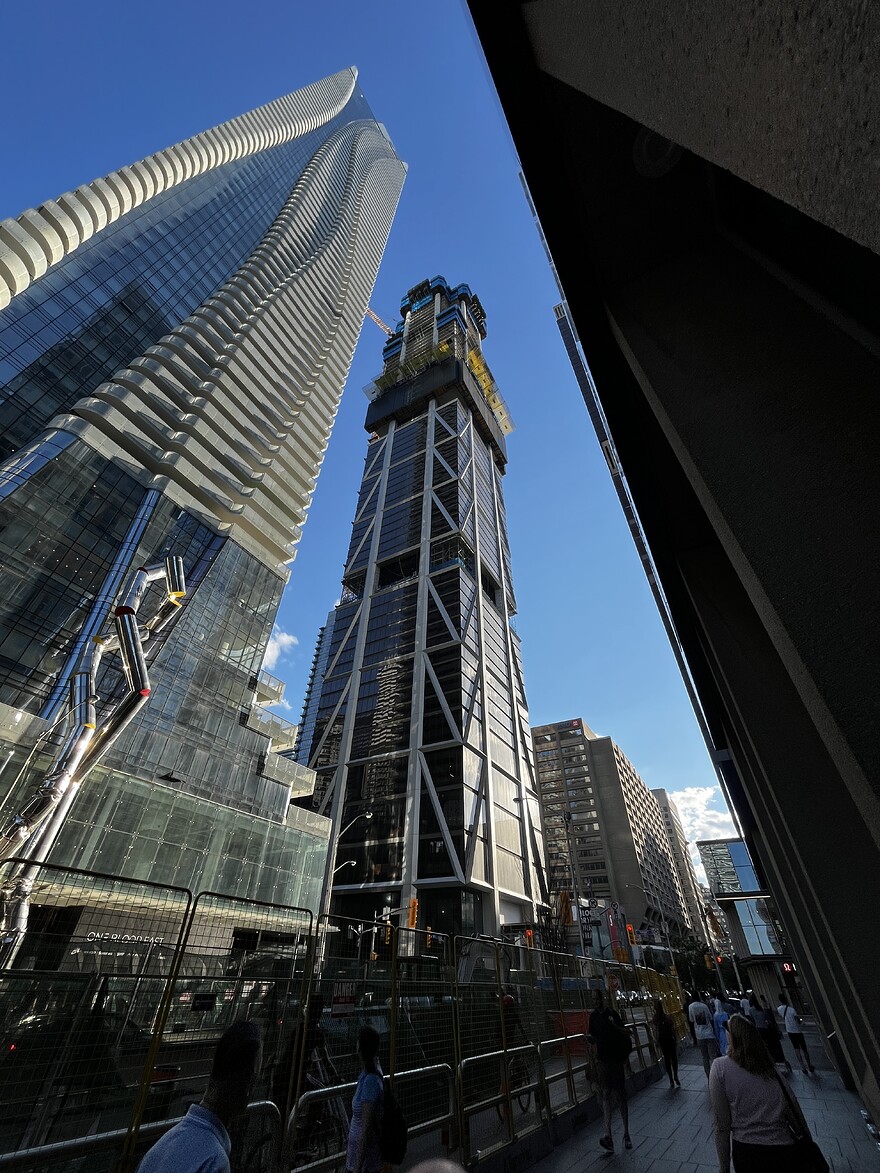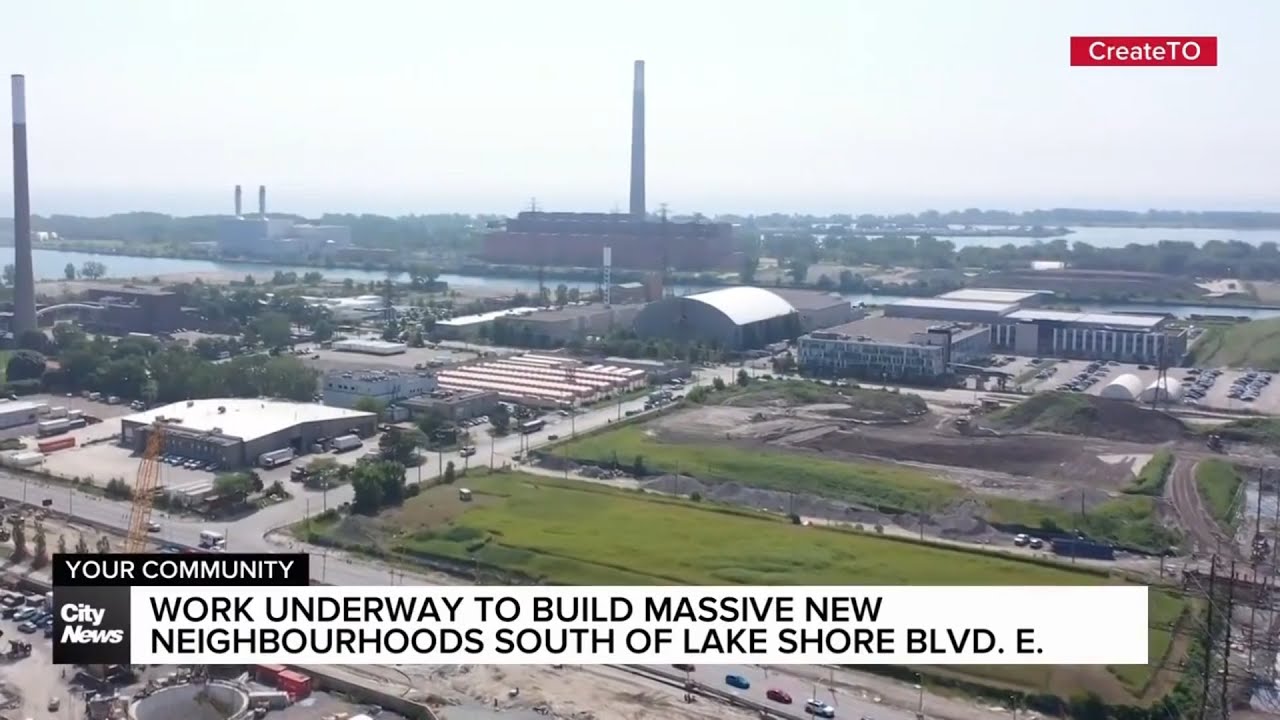Texte complet : Toronto needs to get over its fear of car-free streets
On a recent Saturday afternoon, Market Street in downtown Toronto was alive with the buzz of conversation and the tang of barbecue smoke. A few hundred people milled around enjoying live music, buying tomatoes and enjoying each other’s company. Only one thing typically found on the streets was missing: cars.
This scene, of a street closed temporarily to vehicles, is remarkably rare in Toronto. What is the city so afraid of?
Over the past decade, major cities across Europe and the Americas have embraced temporary “pedestrian zones” and, in some cases, closing certain streets permanently to vehicles. The COVID-19 pandemic accelerated this trend; certain cities, led globally by Paris, introduced major bike infrastructure.
Montreal, under Mayor Valérie Plante, has expanded its car-free streets program to 11 streets across seven neighbourhoods. Businesses, residents and tourists are generally thrilled.
Toronto dabbled with pedestrianizing streets, and then decisively backed away. Other than a few bike lanes, it’s as if those summers of “slow streets” and raucous patio parties never happened.
The “ActiveTO” program, which opened Lake Shore Boulevard West to thousands of pedestrians and cyclists, was summarily executed in 2022. The OpenStreetsTO program, run by the not-for-profit 8 80 Cities, seems to have vanished. The city’s CaféTO patio program has come under attack.
There are only a handful of other open-streets projects, including Bellair Street in Yorkville. Toronto has 5,600 kilometres of roadway, but at this point, only about one of them is car-free.
What happened? It seems that the old politics of the car have reasserted themselves. The city seems obsessed with traffic congestion. Mayor Olivia Chow’s administration seems to have caved to conservative and suburban calls to make driving easier and faster, even by speeding up Gardiner Expressway construction.
This is understandable. Everyone in Toronto who drives is annoyed these days. Getting around the city by motor vehicle is significantly harder than it used to be, partly because of a rising population, and in large part owing to a series of public-works projects including the Ontario Line. Organizations such as the local Board of Trade hold firm in their belief that being able to drive with ease, everywhere, is critical to the functioning of the economy.
But here is some news: It will never get better. The Toronto region is projected to reach 10 million people by 2051. You cannot build enough roads or open enough lanes. The scholarship is clear that regional congestion cannot be fixed with cars; it can only be fixed by improving transit and active transportation. A person takes up far more space in a car than they do in a train seat. You can’t argue with geometry.
Meanwhile, such tiny moves as the Market Street initiative generate huge social and economic benefits. Nobody much was driving down that one block anyway. The city has given away 18 street parking spots to generate a huge amount of social life, business and a scene that thrills out-of-town visitors. The local business improvement area has been pushing this effort; Councillor Chris Moise has fought hard to get it extended.
It shouldn’t be this difficult to pedestrianize even the tiniest fragments of the public realm. A large metropolis will never be the easiest place to drive around. Toronto should keep this in mind and plan accordingly. Queen Street, in the centre of the city, will be closed to cars for a decade for Ontario Line construction; it should never reopen.
A few more cars won’t make the city richer or happier, or even a better place to drive.
